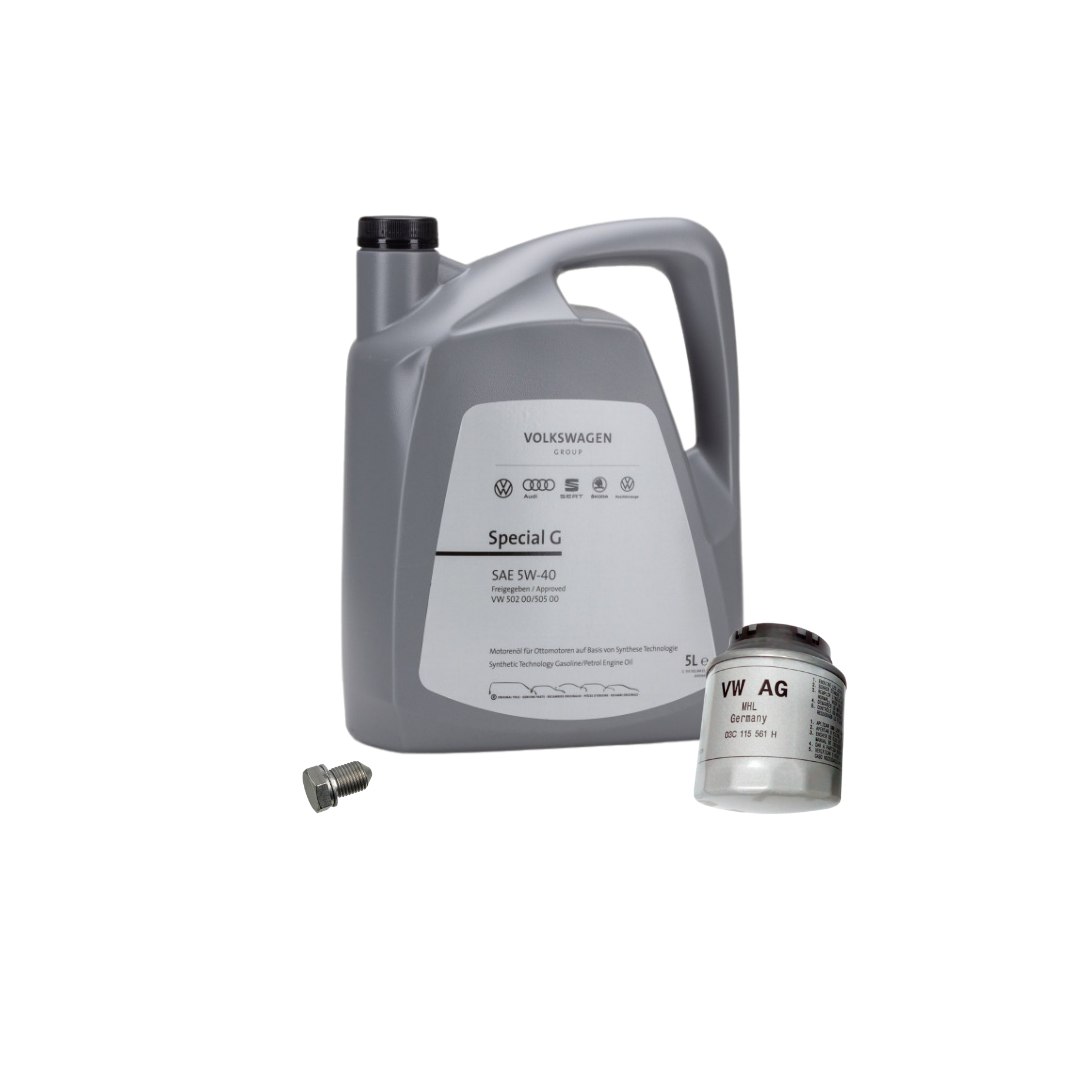Choose a cutting-edge clp engine for superior results.
Choose a cutting-edge clp engine for superior results.
Blog Article
Exactly How a Clp Engine Can Improve Performance in Numerous Industries
The arrival of CLP engines marks a substantial shift in operational effectiveness across various sectors, driven by their capability to enhance fuel intake and reduce downtime. As companies increasingly prioritize sustainability along with performance, the role of CLP engines comes to be also extra crucial.
Introduction of CLP Engines
CLP engines, or Continual Fluid Propellant engines, represent a significant innovation in propulsion technology, specifically for area applications. These engines make use of a continuous feed system that permits for the continual expulsion of propellant, bring about boosted effectiveness and performance compared to typical solid or hybrid propulsion systems. By keeping a constant flow of fluid propellant, CLP engines can attain more exact thrust control, which is crucial for steering spacecraft in various mission circumstances.
The design of CLP engines integrates innovative products and ingenious gas monitoring systems. clp engine. This causes minimized weight and boosted dependability, essential variables for long-duration area goals. The continuous operation reduces the threat of combustion instability, an usual difficulty in traditional rocket engines.

Advantages in Manufacturing
The production of Continual Liquid Propellant (CLP) engines provides several remarkable advantages that enhance both performance and cost-effectiveness. Among the key advantages is the streamlined manufacturing process, which lowers the intricacy related to typical propulsion systems. By utilizing liquid propellant, producers can accomplish higher accuracy in engine performance, leading to enhanced energy outcome and minimized waste.
Furthermore, CLP engines help with a greater degree of modularity, permitting easier assimilation into different production lines. This adaptability can significantly decrease preparations and boost total functional adaptability. Making use of CLP modern technology also tends to decrease the demand for considerable upkeep due to fewer moving components, which converts into decreased downtime and operational prices.

Applications in Logistics
Leveraging Constant Liquid Propellant (CLP) engines in logistics supplies substantial advantages in functional effectiveness and integrity. These engines supply a robust solution for different transportation demands, allowing the smooth motion of items throughout huge ranges. The fundamental design of CLP engines permits constant power output, which converts right into smoother and a lot more predictable transportation schedules.
Among the essential applications of CLP engines in logistics remains in durable freight transportation, where they can drive both ground and airborne lorries. Their ability to keep high efficiency under varying lots conditions makes certain that delivery timelines are met, consequently improving customer fulfillment. Additionally, CLP engines can be incorporated right into automated logistics systems, facilitating real-time monitoring and enhancing route preparation.
Furthermore, the toughness of CLP engines check my blog reduces maintenance downtime, enabling logistics business to optimize their operational abilities. This is particularly valuable in warehousing procedures, where performance in dealing with and delivering items is vital. As logistics proceeds to evolve, the combination of CLP engines stands for a forward-thinking strategy that not just improves performance yet also supports the sector's growing demands for reliability and speed.
Influence On Power Effectiveness
How do Constant Fluid Propellant (CLP) engines improve power efficiency in transportation? CLP engines use a regular circulation of liquid fuel, enhancing burning processes and keeping a steady drive output. This style reduces power losses connected with typical burning engines, where fuel shipment can differ and result in ineffectiveness.
The continuous procedure of CLP engines permits a much more effective thermal cycle, leading to higher particular impulse contrasted to traditional engines. clp engine. This translates to decreased gas usage for the very same amount of work done, significantly lowering functional expenses throughout different transportation industries, including air travel and maritime markets
In addition, the capacity of CLP engines to preserve ideal performance under varying tons conditions reduces the requirement for frequent velocity and slowdown, further improving fuel performance. Boosted power performance not just adds to set you back savings but additionally brings about lower greenhouse gas discharges, aligning with international sustainability goals.
Future Trends and Innovations
Emerging improvements in Continuous Fluid Propellant (CLP) engine innovation guarantee to change the landscape of transportation performance and sustainability. As markets pivot toward greener alternatives, CLP engines stand at the leading edge, integrating cutting-edge products and design approaches that improve performance while minimizing ecological effect.
One of one of the most appealing fads is the adoption of crossbreed systems that incorporate CLP engines with eco-friendly energy sources. This harmony can maximize gas intake and minimize discharges, straightening with global sustainability objectives. Additionally, improvements in computational liquid characteristics (CFD) are promoting the layout of more aerodynamically reference effective engines, bring about reduced drag and improved fuel efficiency.
Additionally, the advancement of wise surveillance systems is readied to enhance functional performances. These systems utilize information analytics and IoT technology to enhance engine performance in real-time, ensuring that the engines operate within their most effective specifications.
As research study remains to check out different propellant formulas-- such as biofuels and artificial fuels-- the future of CLP engines looks appealing. By taking advantage of these developments, markets can not just boost their effectiveness but additionally add substantially to a cleaner, a lot more sustainable future in transportation.
Conclusion
In verdict, CLP engines represent a significant improvement in efficiency throughout numerous sectors. Their ability to enhance fuel intake and reduce operational prices, combined with a continual feed system, improves power outcome and operational reliability. The combination his explanation of advanced materials and less relocating parts reduces upkeep demands, while positioning with sustainability objectives positions CLP engines as a critical technology for the future. Proceeded development in this field assures further renovations in efficiency and environmental performance.
Report this page